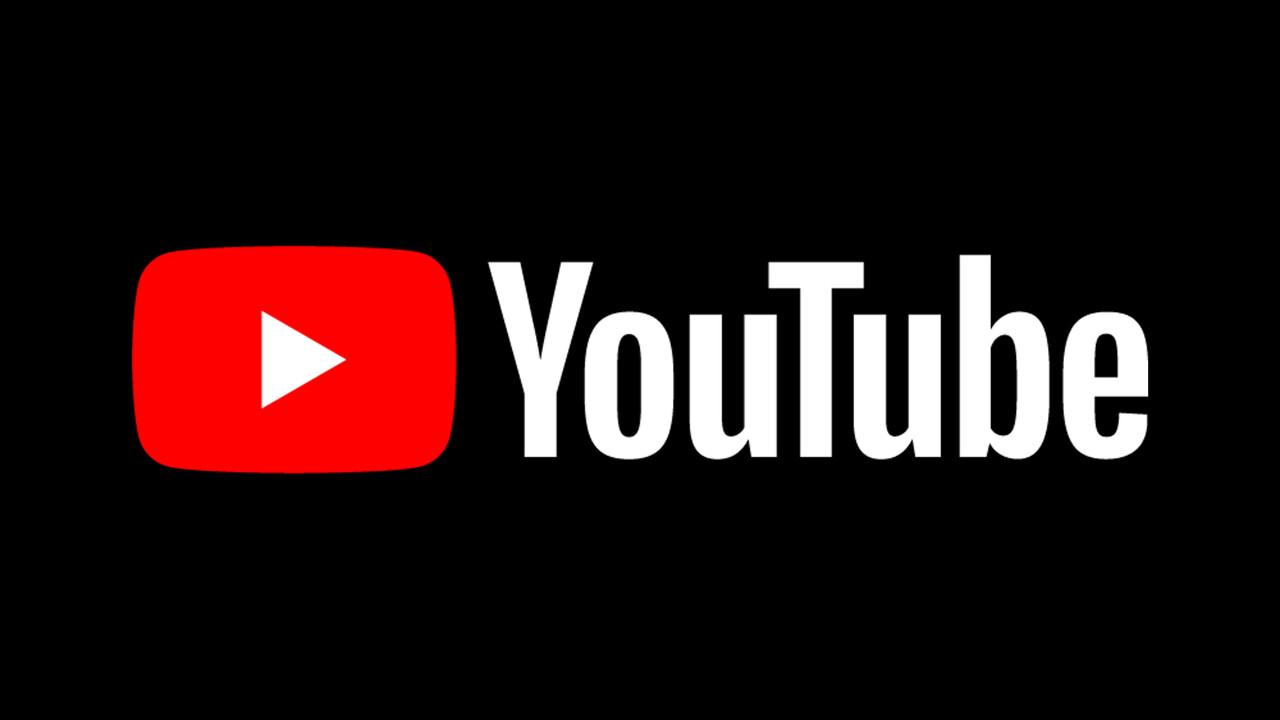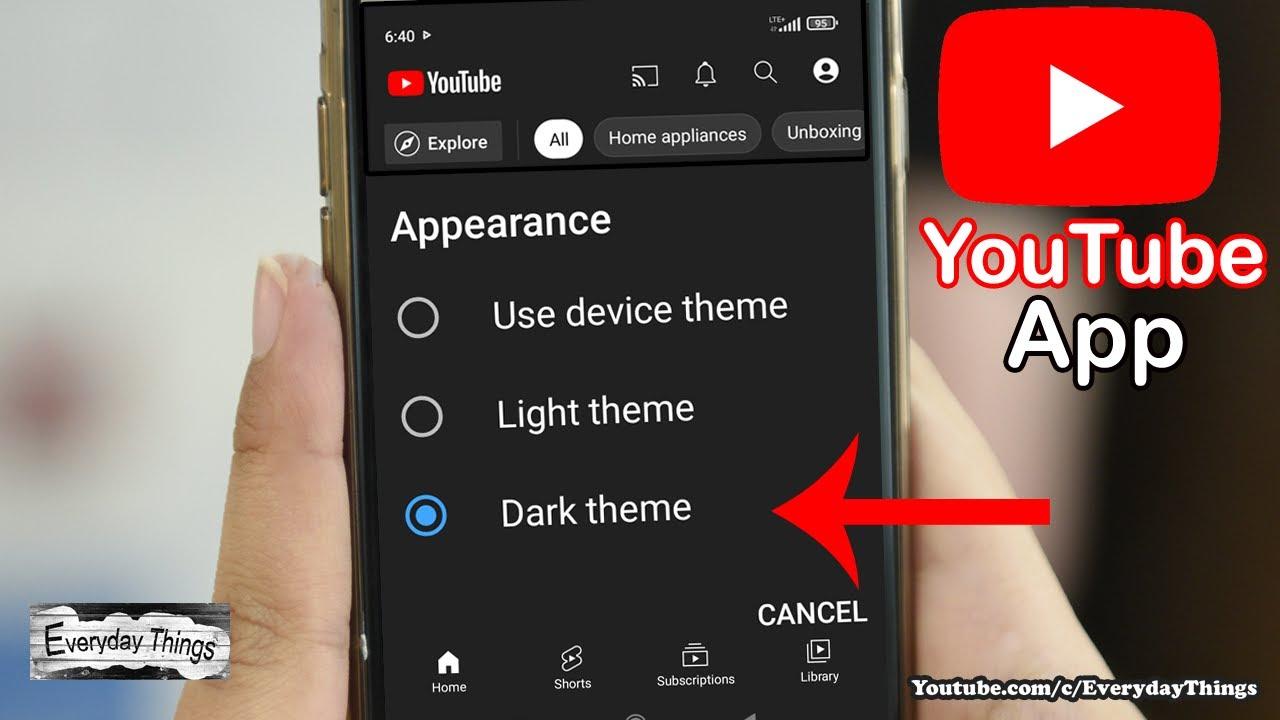Have you ever wondered just how much data YouTube consumes each month? If you’ve ever binge-watched your favorite channel or gotten lost in a rabbit hole of cat videos, you might be surprised to learn that all that streaming doesn’t come without a price—specifically, a hefty chunk of gigabytes! In this digital age, where we’re easily flicking through endless videos, it’s fascinating to peek behind the curtain and see just how much bandwidth one of the world’s biggest platforms racks up. So grab your snack (popcorn, anyone?), and let’s dive into the nitty-gritty of YouTube’s monthly data consumption. You might just hit that subscribe button on knowledge after this!
Understanding Your Data Diet on YouTube
When diving into your YouTube habits, it’s crucial to grasp just how much data you’re munching on each month. Depending on the resolution you choose, the gigabytes can pile up faster than you might expect. Here’s a rough breakdown of data usage depending on video quality:
| Video Quality | Data Usage per Hour |
|---|---|
| 480p | 0.5 GB |
| 720p | 1.5 GB |
| 1080p | 3 GB |
| 4K | 7 GB |
So, if you’re watching a ton of videos in HD or even 4K, the numbers can really stack up—like that towering pile of laundry you keep meaning to get to! To help manage your data intake, consider keeping an eye on your viewing habits. Maybe limit binge-watching to weekends, or download videos on Wi-Fi when you can. This way, you won’t hit a surprise data cap, and you’ll keep your streaming joy going strong without the looming dread of overages!

The Hidden Bandwidth: What Streaming Quality Means for Your Usage
When you press play on a YouTube video, you’re diving into a pool of streamed bits and bytes, but what does that actually mean for your data usage? Streaming quality is the magic wand that determines how crystal clear your video looks, and it plays a significant role in how much data you chew through each month. Here’s a quick breakdown:
- 240p: This is like watching a blurry TV on a bad day—a mere 0.3 GB/hr.
- 360p: A slight upgrade, ideal for mobile viewing—about 0.5 GB/hr.
- 720p: Now we’re talking clearer images, often in HD. This will guzzle roughly 1.5 GB/hr.
- 1080p: The lap of luxury for your eyeballs, consuming around 3 GB/hr.
- 4K: For those with an eye for detail, but this one hits hard at about 7 GB/hr.
| Streaming Quality | Data Usage (GB/hr) |
|---|---|
| 240p | 0.3 |
| 360p | 0.5 |
| 720p | 1.5 |
| 1080p | 3 |
| 4K | 7 |
So, if you’re a binge-watcher who loves high definition, it’s easy to see how the gigs can stack up each month. Depending on your personal viewing habits—like those late-night rabbit-hole deep-dives—you could be burning through your mobile data limit faster than you can say “What’s next on my watchlist?” It’s all about finding that sweet spot between quality and quantity, ensuring you don’t run out of data before the month ends!

Maximizing Efficiency: Tips to Monitor and Reduce Your Monthly Gig Consumption
To get a grip on those gigabytes, you first need to understand what eats them up. Streaming quality plays a massive role in your data usage—higher quality means more data. If you’re binge-watching your favorite shows in 4K, you might feel like a data hog! Consider switching to a lower resolution when you don’t need the highest quality. Did you know that a standard definition (SD) video uses about 1 GB for every 2 hours? So, if you’re watching an hour of HD (High Definition), that’s roughly 3 GB, while 4K can jump to about 7 GB per hour! Adjusting your playback settings can be a game-changer for your monthly consumption.
Another way to keep those gigs in check is to download videos when you know you’ll be offline. This allows you to enjoy your favorite content without burning through your data. Pair this strategy with monitoring your data usage regularly; most devices let you set data limits and alerts. Staying aware of your consumption helps you avoid any nasty surprises on your bill. Here’s a quick reference table for gig usage based on video quality:
| Video Quality | Estimated Data Usage (per hour) |
|---|---|
| Standard Definition (SD) | 1 GB |
| High Definition (HD) | 3 GB |
| Ultra High Definition (4K) | 7 GB |

Navigating the Jungle of Content: How to Choose Wisely for Your Data Needs
When diving into the vast sea of content available online, it can sometimes feel overwhelming. Let’s be real—figuring out how much data platforms like YouTube consume requires a bit of digging. Just think about it: people around the globe are watching billions of videos every single day. This wouldn’t just tickle your internet bill; it raises the question of how all that data translates into your own consumption habits. To put it in perspective, a single hour of HD video could use anywhere from 3GB to 7GB, depending on the encoding and quality. So, if you love binge-watching your favorite vloggers or discovering new channels, those gigabytes stack up faster than you can say “buffering.”
Now, the million-dollar question is: how do you sort through the weeds to determine your own data needs? Start off by keeping track of your viewing habits and what quality settings you usually select. For example:
- Standard Definition (SD): ~SD may use about 1GB per hour.
- High Definition (HD): ~HD streaming comfortably sits at around 3GB per hour.
- 4K Ultra HD: If you’re feeling fancy, 4K can chomp through an impressive 7GB per hour!
By analyzing your consumption patterns, you can tailor your data plan more effectively, potentially saving money and avoiding those nasty overage fees. Remember, knowledge is power—and in this case, it can also mean a lighter monthly bill!
To Wrap It Up
And there you have it! We’ve unraveled the mystery of just how many gigs YouTube gobbles up each month. Whether you’re binge-watching your favorite shows or getting lost in a rabbit hole of DIY tutorials, it’s clear that those data munchers don’t take a break. So, the next time you hit play on that viral cat video or the latest music drop, just remember how many megabytes are flying through the air to bring that joy to your screen.
Feeling a bit more informed? That’s awesome! It’s always good to know what’s going on behind the scenes of our streaming habits. So, keep an eye on that data cap, and don’t hesitate to adjust your viewing habits if you find yourself in a data crunch. After all, we want you to enjoy your favorite content without any surprises on your bill!
Thanks for diving into the gigabytes with me today! If you’re looking for more insights or have questions about anything video-related (or even beyond), drop a comment below. I love hearing from you, and together, we’ll continue to navigate this wild world of online streaming. Happy watching!



